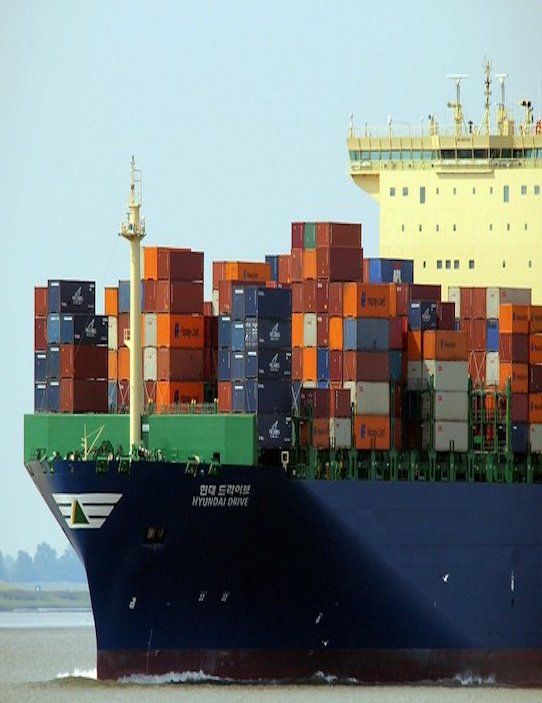Manufacturers: Get ready for global trade account management
The largest, US-based pharmacies and wholesalers are all expanding significantly outside North America. Manufacturers face new risks when interacting with, responding to, and defending against these new global channel companies. To maximize sales opportunities and minimize commercial risks, pharmaceutical manufacturers must begin preparing for these new relationships.
Globalized channels
Retail and wholesale markets operate very differently in other countries, creating opportunities for US pharmacy and wholesale companies to bring best practices to other parts of the world. These companies also seek advantages in a changing generic market. They do this by positioning for higher generic penetration in other countries and gaining scale to leverage over generic manufacturers.
The following key transactions illustrate the pace and extent of global expansion:
- The newly-formed Walgreens Boots Alliance includes the legacy Walgreens pharmacies, 4,500 pharmacies outside North America, and one of Europe’s largest drug wholesalers. In 2014, Alliance Boots acquired Farmacias Ahumada SA (FASA), which operates more than 1,400 pharmacies in Mexico and Chile.
- In 2014, wholesaler McKesson acquired Celesio AG, a global retail and wholesale company. Celesio operates 2,175 pharmacies in six European countries and manages 4,300 pharmacies operating under brand partnership arrangements. Celesio’s pharmaceutical wholesale business, which operates in 11 European countries and Brazil, generates 70% of its revenues from France, the UK and Germany.
- In 2013, CVS Caremark acquired Drogaria Onofre, Brazil’s eighth-largest drugstore chain.
- In 2010, Cardinal Health entered China, which now accounts for more than $2.6 billion of its revenues. Cardinal is the only US-based wholesaler with a significant presence in China.
- In 2012, AmerisourceBergen acquired World Courier Group, a global logistics company. As part of its 2012 supply arrangement with Walgreens, AmerisourceBergen will be able to expand its specialty and manufacturer services businesses internationally in partnership with Alliance Boots.
- In 2014, AmerisourceBergen purchased a 19.9% minority stake in Profarma Distribuidora de Produtos Farmacêuticos SA (Profarma), a leading pharmaceutical wholesaler in Brazil. The companies also formed a 50/50 joint venture to provide specialty distribution and services to the Brazilian market.
Responding to the challenge
Manufacturers should understand and prepare for the ongoing growth of global wholesale and pharmacy companies. Here are four ways to get started.
Build a global view of your channels. When a large trade customer starts demanding global concessions, manufacturers must prepare to respond in a fact-based manner. Begin by mapping all relationships between your company and a global customer’s many affiliates and subsidiaries. What agreements exist in each country? What are the terms and structures of these agreements? What are the total revenues flowing between your organizations? Manufacturers will discover that these companies are simultaneously customers, service providers, payers, healthcare providers and more. For instance, wholesaler AmerisourceBergen’s many non-wholesale services for manufacturers include a specialty hub, management consulting and a specialty pharmacy.
Develop organizational capabilities. Multinational channel companies challenge conventional organizational arrangements within most pharmaceutical manufacturers. Few manufacturers have a global account-management structure that can respond to cross-country requests or demands. No global function can readily provide global visibility to contracts and terms across all country subsidiaries. A manufacturer’s country subsidiaries manage their own relationships. It’s time to consider the global governance challenge of pharmacies and wholesalers that cross a manufacturer’s traditional internal organizational silos.
Share best practices. Outside the US, the trade and channel strategy function is relatively undeveloped. For example, US wholesale channels are unique in having sophisticated distribution service agreements with detailed performance measurement and extensive data sharing. Manufacturers need to weigh opportunities to bring US standards to other countries. Despite differences in regulations and laws, can global pharmacy companies provide more integrated patient care and enhanced global brand awareness? Are there situations in which global contract terms could benefit both the manufacturer and its channel partners?
Know when to hold firm. Global trade accounts will demand concessions and policy exceptions from manufacturers. They will also request centralized purchasing and contracting, on proposed terms that will be highly favorable to the trade customer. Knowing your organization’s strengths and vulnerabilities will help you to know when to say “no.” In general, manufacturers of brand-name drugs can withstand global channel pressure more than manufacturers of generic drugs.
Global channel customers are still getting organized. Now is the time to get ready.
ABOUT THE AUTHOR
Dr. Fein is president of Pembroke Consulting, Inc., and CEO of Pembroke’s Drug Channels Institute. This article is adapted from his new 2014—15 Economic Report on Retail, Mail, and Specialty Pharmacies, which is available at http://drugchannelsinstitute.com/products/industry_report/pharmacy/.

Multi-Indication Drug Branding in Today’s Pharmaceutical Industry
July 2nd 2025As drug development increasingly targets multiple indications, pharma companies must make strategic branding decisions—balancing regulatory requirements, market dynamics, and patient safety—to choose between single-brand or multi-brand approaches.